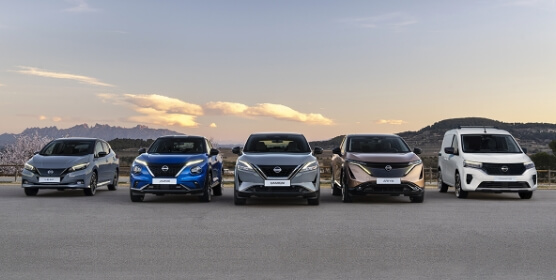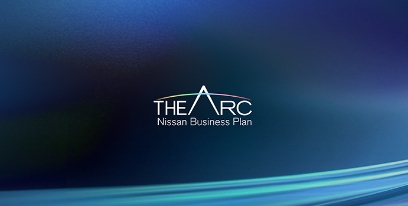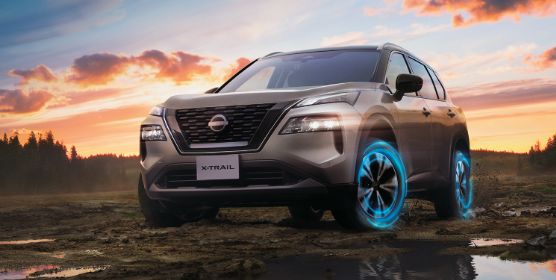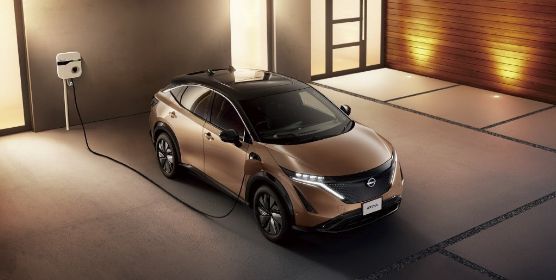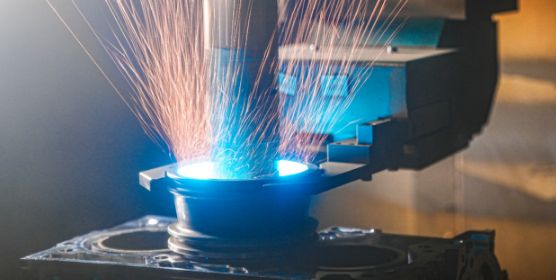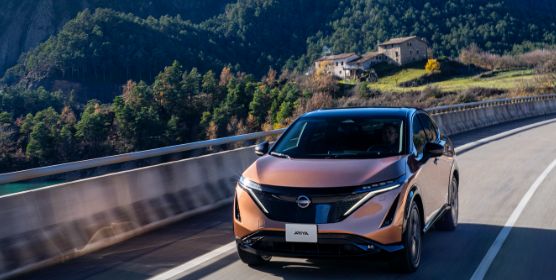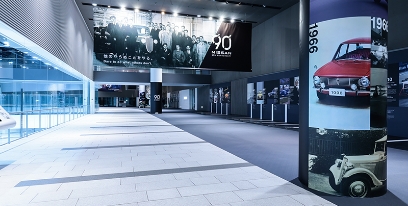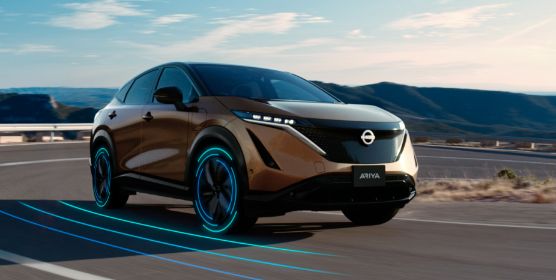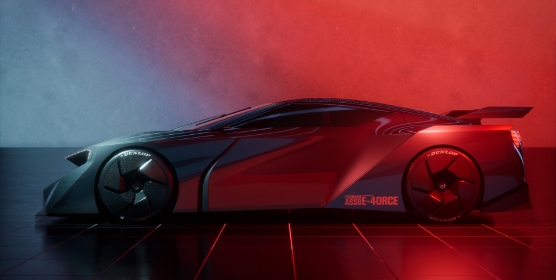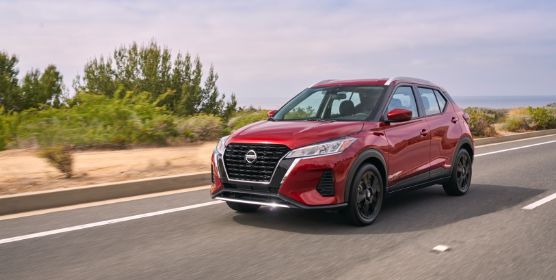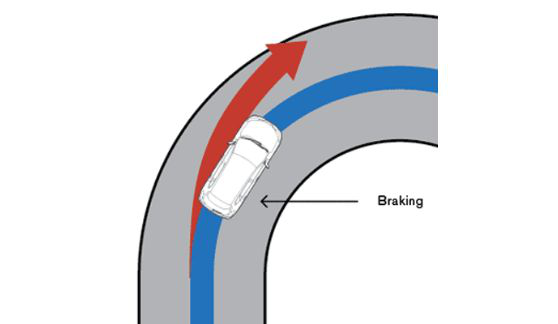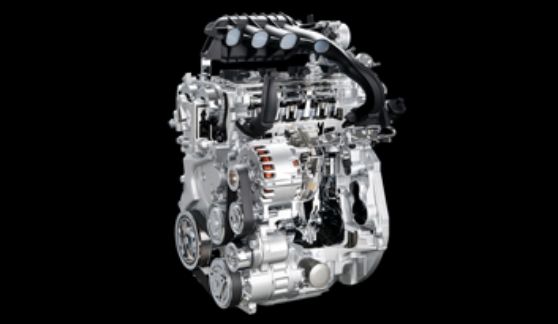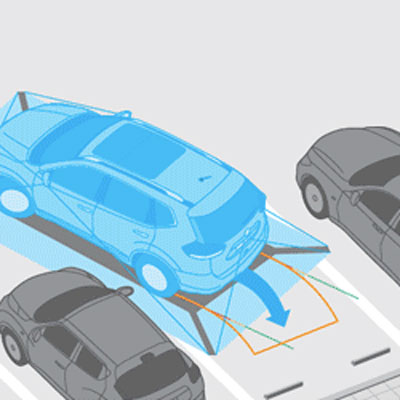XTRONIC CVT
CVT for the new age, combining environmental and sporty drive performance
CVT
(Continuously
Variable
Transmission)
is
a
system
with
seamless,
“stepless”
gear
transmission.
Early
on
Nissan
understood
the
merits
of
CVT,
low-fuel
consumption
and
seamless
acceleration,
developing
and
adopting
the
technology
for
its
vehicles.
XTRONIC
CVT
is
suitable
for
2.0-3.5-liter
displacement
engines,
achieving
an
improvement
in
fuel
economy
of
up
to
10%
compared
to
standard
CVT,
and
delivering
the
feel
of
a
more
direct
drive.
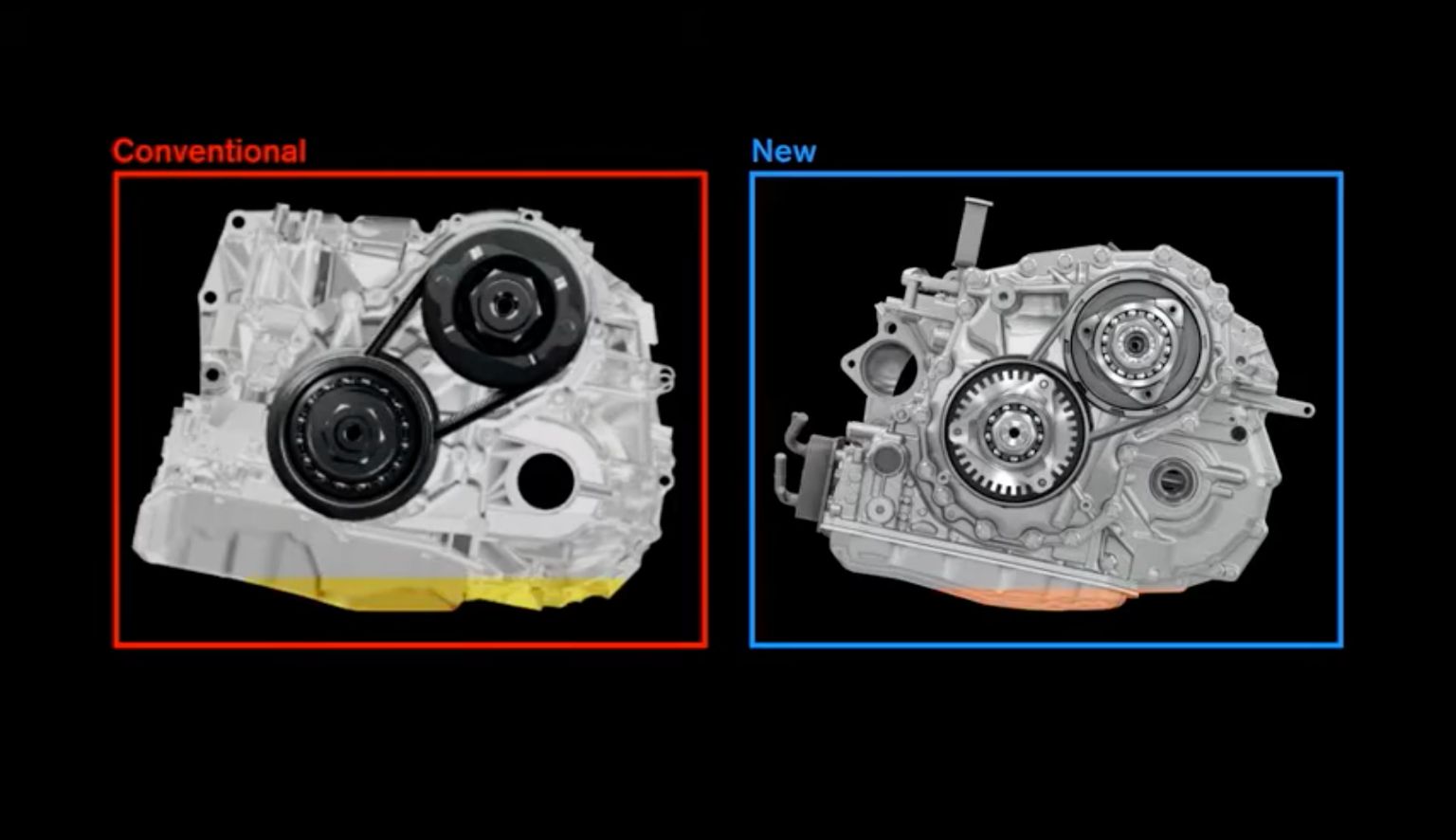
Technology Functionality
CVT
is
a
“stepless”
transmission
system.
As
opposed
to
MT
(Manual
Transmission)
or
AT
(Automatic
Transmission),
CVT
can
automatically
select
the
most
suitable
transmission
gear
ratio
without
any
steps.
Vehicles
with
CVT
can
run
on
the
most
efficient
(i.e.
with
the
best
fuel
combustion)
engine
rpm
for
regular
velocity.
The
technology
delivers
seamless
performance
without
shift
changes
when
accelerating
and
decelerating.
The
low-to-high
gear
ratio
range
is
expanded,
delivering
a
significant
reduction
in
friction
and
up
to
10%
improvement
from
the
previous
generation.
CVT.
Further,
the
optimal
transmission
control
makes
for
a
drive
that
is
intuitive,
with
a
superb
driving
performance.
Technology Configuration

CVT
adjusts
the
width
of
two
pulleys
and
changes
the
arc
radius
of
the
steel
belt
running
between
them
in
order
to
control
the
transmission
gear
ratio.
In
the
illustration
above,
the
arc
radius
of
the
belt
for
the
engine
shaft
pulley
gets
narrower.
This
is
ideal
for
driving
at
slow
speeds,
when
gears
on
MT
or
AT
vehicles
are
lower
(for
example,
first
or
second
gear).
On
the
other
hand,
when
in
high
gear,
the
belt
on
the
drive
pulley
gets
wider.
This
is
suitable
for
high-speeds
when
the
gear
is
high,
such
as
in
fifth
or
sixth.
The
steel
belt
is
serving
here
to
bridge
the
two
pulleys
and
change
the
diameter.
If
the
gear
ratio
at
low
gear
is
lowered
even
more,
acceleration
improves.
This
is
similar
to
starting
in
first
gear
with
more
power
than
starting
in
second.
Vehicle
response
improves
at
lower
speed
and
take-offs.
On
the
other
hand,
when
the
gear
ratio
runs
at
a
higher
gear,
the
engine
rotation
decreases
even
at
high
speed,
meaning
there
is
better
fuel
combustion
and
less
noise.
This
is
the
same
logic
as
how
when
driving
on
a
highway
in
fifth
gear
the
engine
rotates
less
than
fourth
gear.
Accordingly,
in
addition
to
the
acceleration,
the
fuel
combustion
and
engine
noise
levels
can
be
improved
by
making
the
low
and
high
gear
ratio
range
(called
transmission
gear
ratio
range)
larger.
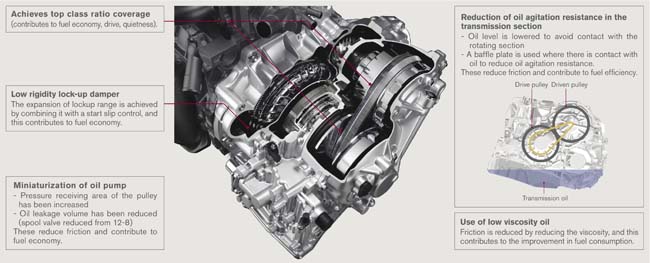
Through
a
narrower
pulley
axle
and
newly
developed
belt
that
works
with
this,
XTRONIC
CVT
has
expanded
the
transmission
gear
ratio
range
from
the
previous
cover
of
6.0
to
a
global
top
level
of
7.0.
Nissan
went
back
to
the
basic
machine
design,
making
efforts
to
reduce
the
CVT
friction,
reviewing
approximately
300
CVT
components
out
of
the
total
of
approximately
500.
In
addition
to
this,
the
size
of
the
oil
pump
could
be
made
smaller
thanks
to
the
reduction
of
oil
leakage
and
this,
together
with
the
use
of
a
newly
developed
low
viscosity
oil,
reduced
CVT
friction
by
up
to
40%
and
upgraded
fuel
economy.
XTRONIC
CVT
is
also
characterized
by
its
adaptive
shift
control,
which
interprets
the
driver
intentions
from
the
acceleration
and
steering
to
provide
optimum
shift
control.
Coordinated
control
between
engine
and
transmission
delivers
optimal
fuel
consumption
performance
and
driving
performance.



